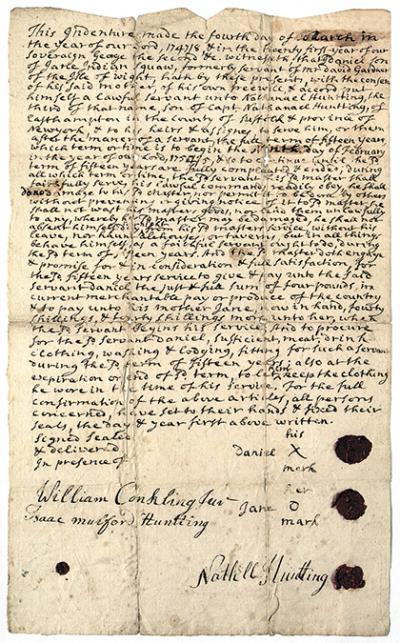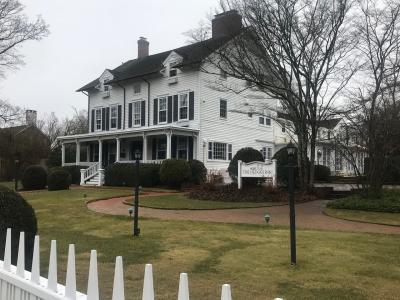Childe Hassam’s ‘Sidewalk,’ 1917
Childe Hassam’s ‘Sidewalk,’ 1917

In the Dec. 14, 1917, edition of The East Hampton Star, there’s a small column toward the bottom of page seven that partially reads, “Childe Hassam, of New York City, announces the completion of several handsome etchings and dry points of East Hampton scenery.”
Given that information, one wonders if the image presented here, “East Hampton Sidewalk,” dated 1917, was at one time on view at Hassam’s studio at 4 East 39th Street in Manhattan.
Frederick Childe Hassam (1859-1935) was an American Impressionist painter known for his depictions of coastal and urban scenes in a variety of mediums, ranging from oils and watercolors to etchings and lithographs. He was quite prolific, producing more than 3,000 pieces of artwork during his lifetime. His most well-known works come from his “Flag” series. One of which, “The Avenue in the Rain,” is in the White House’s permanent art collection and hangs in the Oval Office.
At first an occasional visitor to East Hampton, Childe Hassam eventually bought a summer house (which he also used as a studio) on Egypt Lane in 1920 from Matilda Ackley Donoho, the widow of Gaines Ruger Donoho (1857-1916), a fellow American Impressionist painter. The house still stands today, near the Nature Trail in the village. Much like Thomas Moran and Mary Nimmo Moran before him, Hassam depicted familiar scenes around town, including Main Street, Home, Sweet Home, Mulford Farm, and the Woodhouse family Japanese water garden (now part of the Nature Trail).
The etching seen here was donated to the Long Island Collection in 1958 by Mrs. W.L. Lockwood. The view along Main Street evokes a summer stroll, with light filtering in through the treetops. Small figures can be seen walking across the street and ahead of the viewer, past what has been labeled the 1770 House, though it has been suggested that it could possibly be the Gardiner Brown house (the present home of the Ladies Village Improvement Society) before it was moved back from the street in 1925.
—
Gina Piastuck is the department head of the East Hampton Library’s Long Island Collection.






